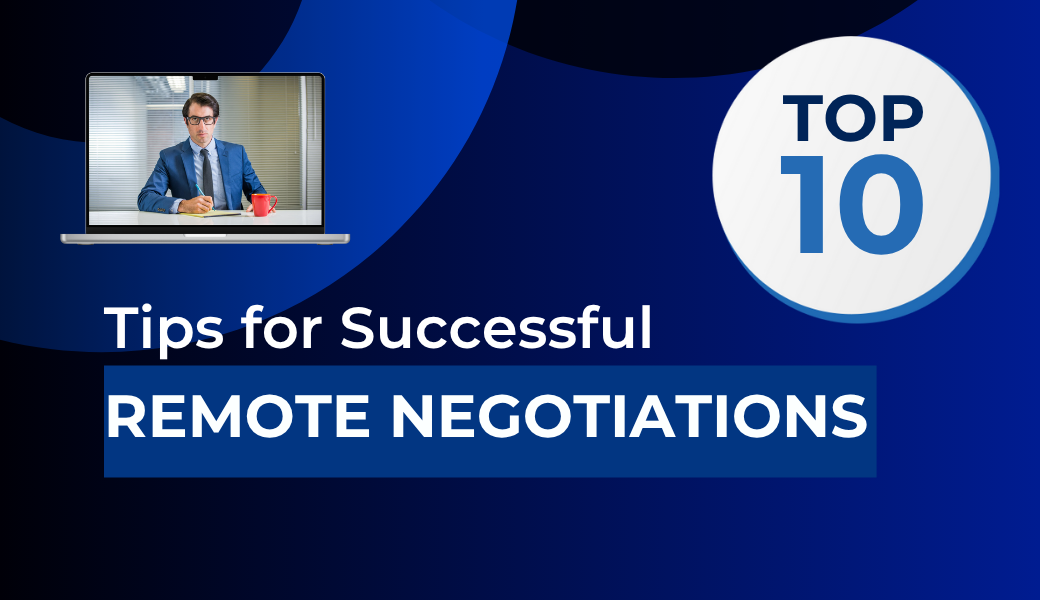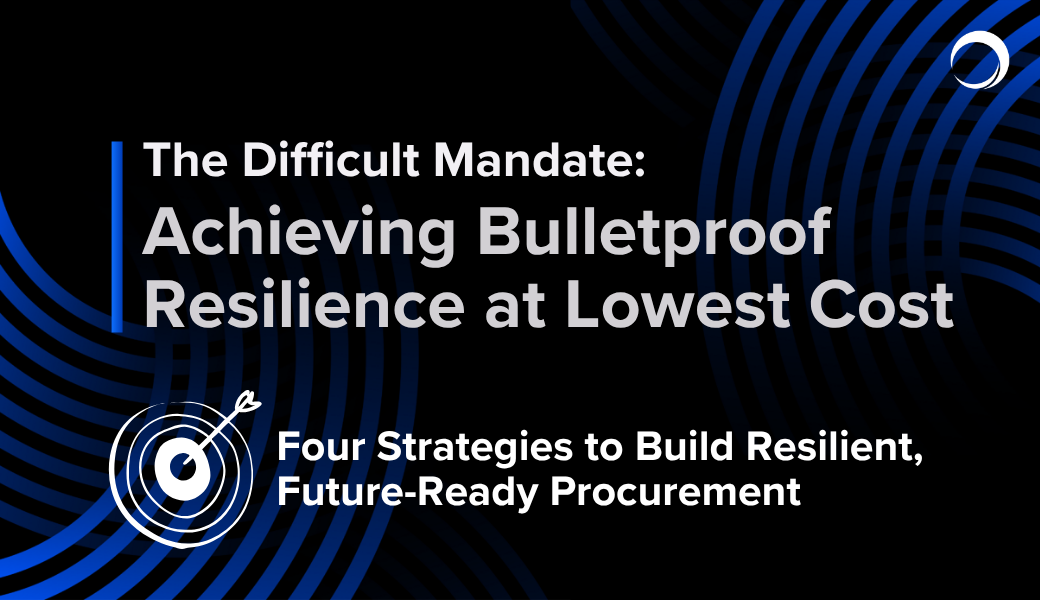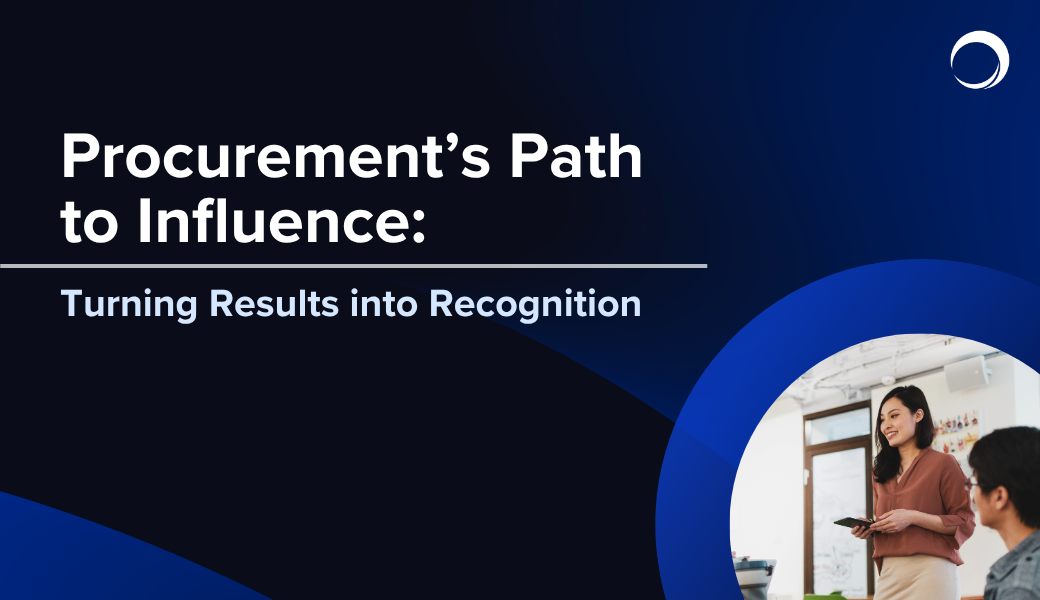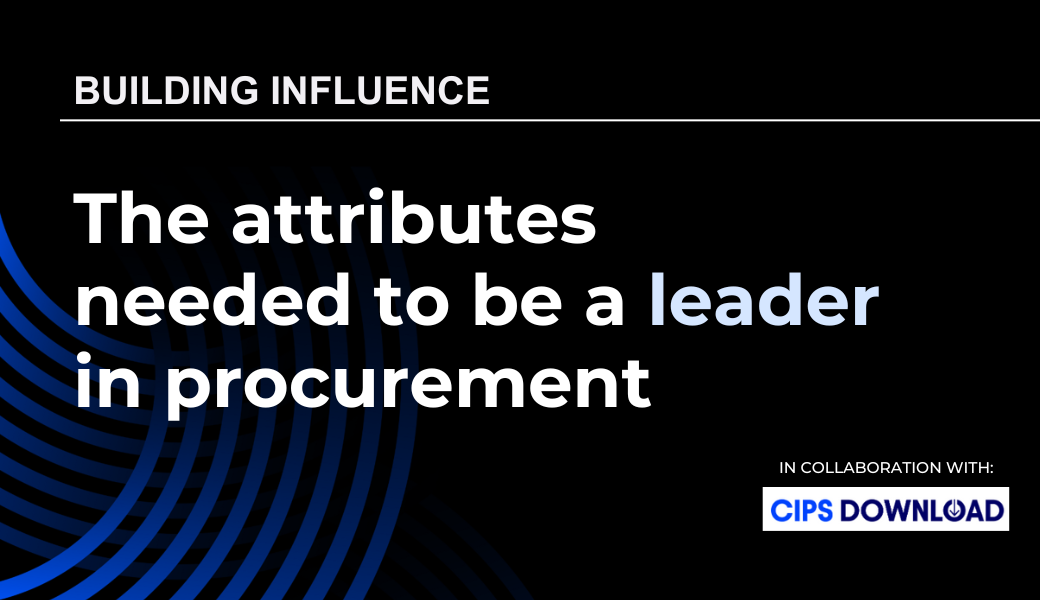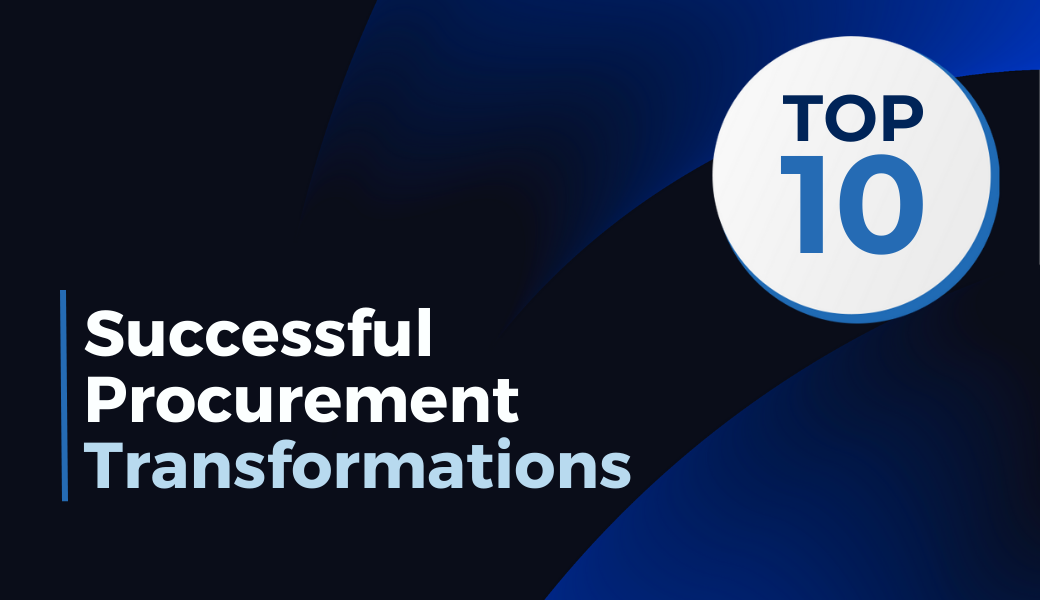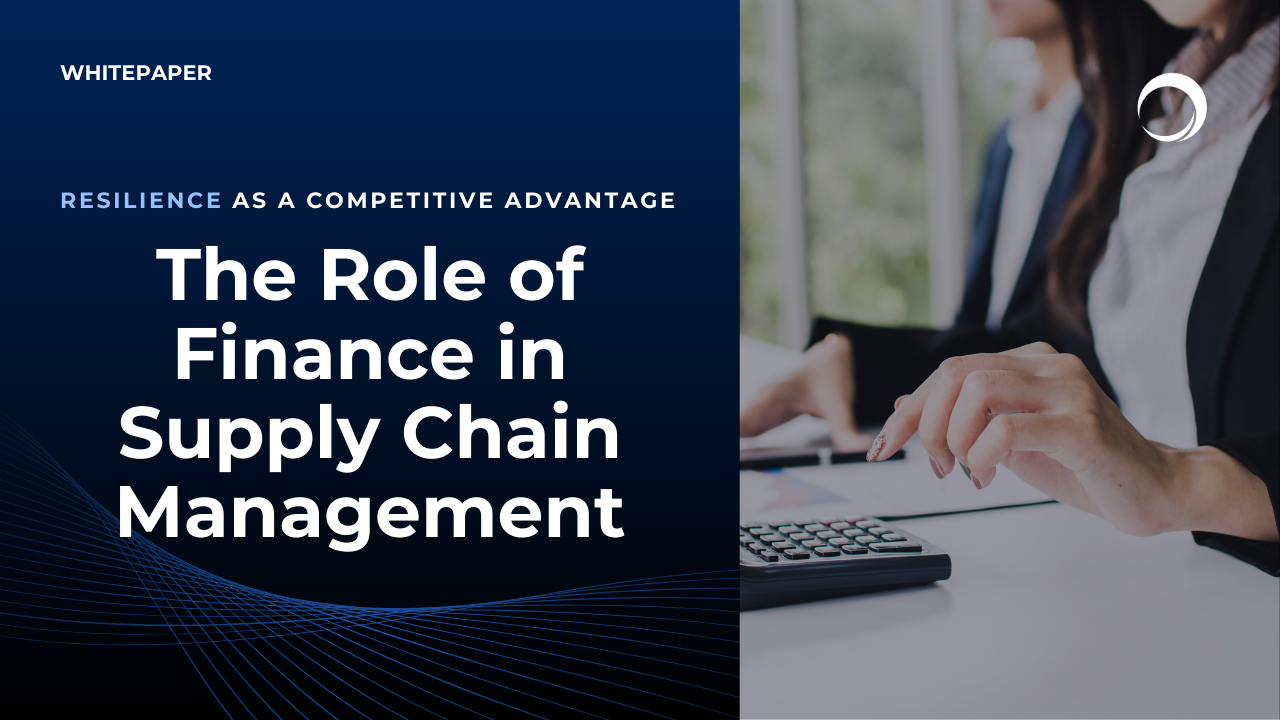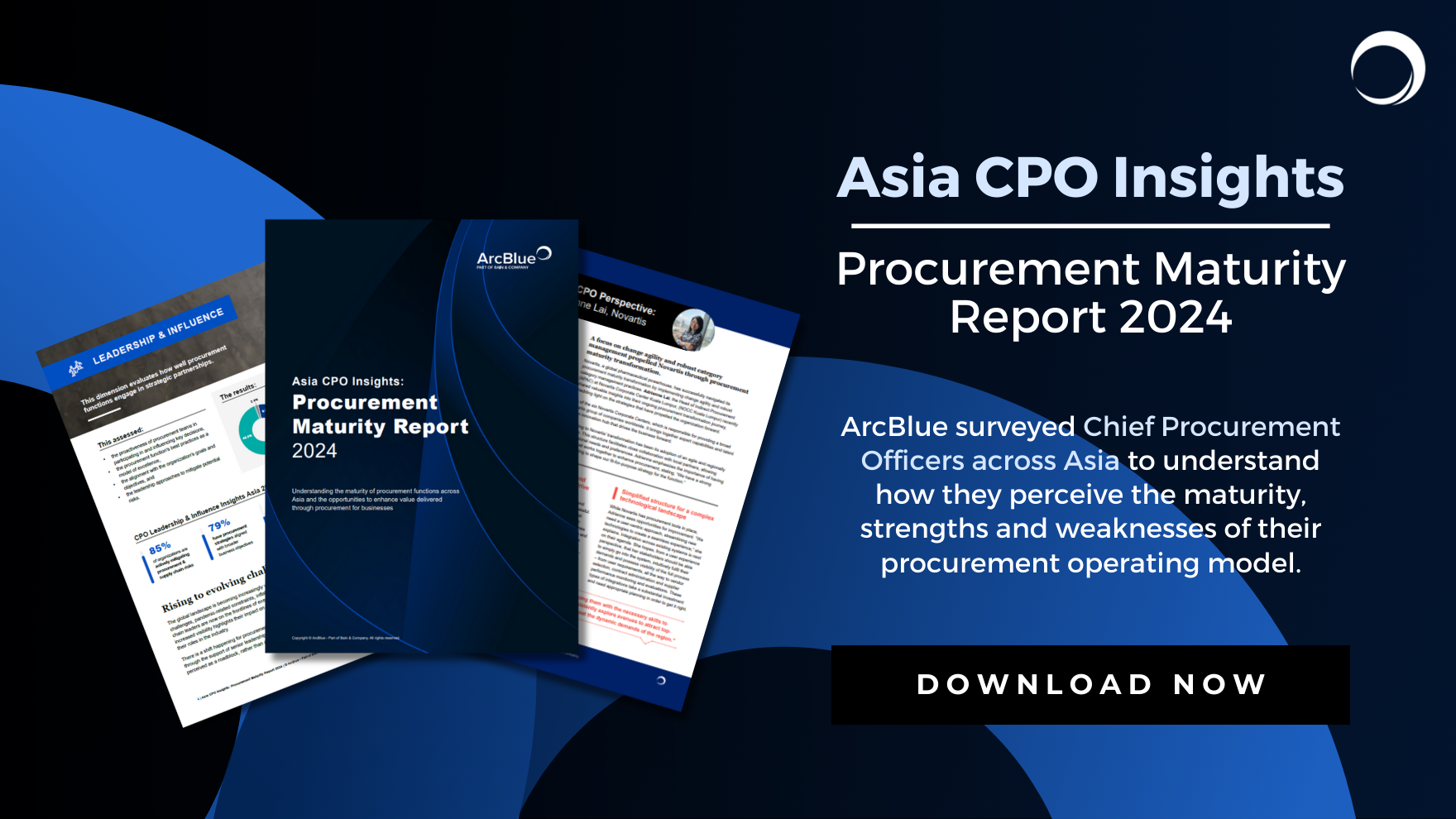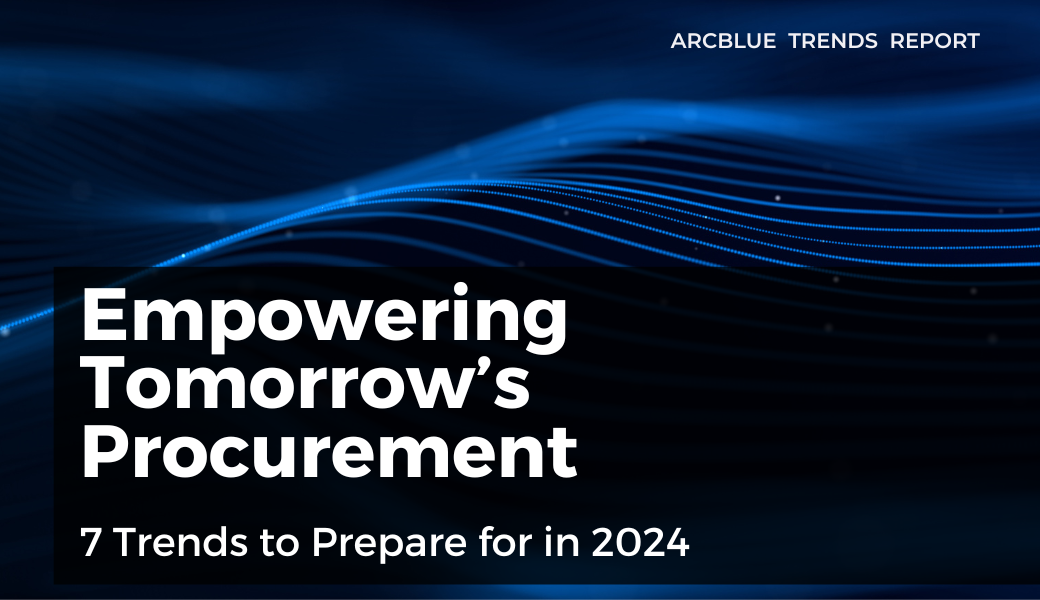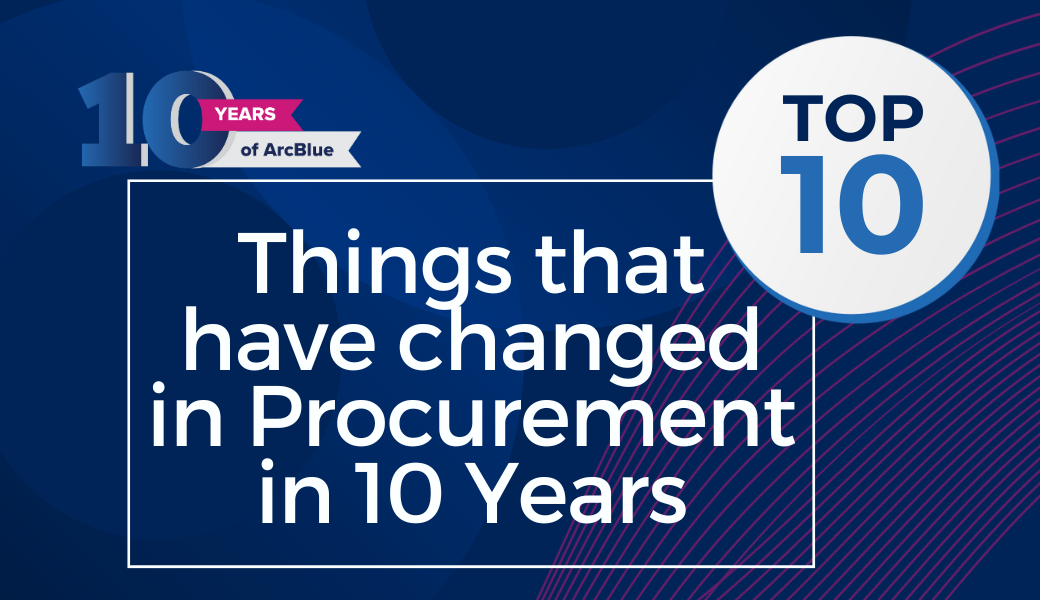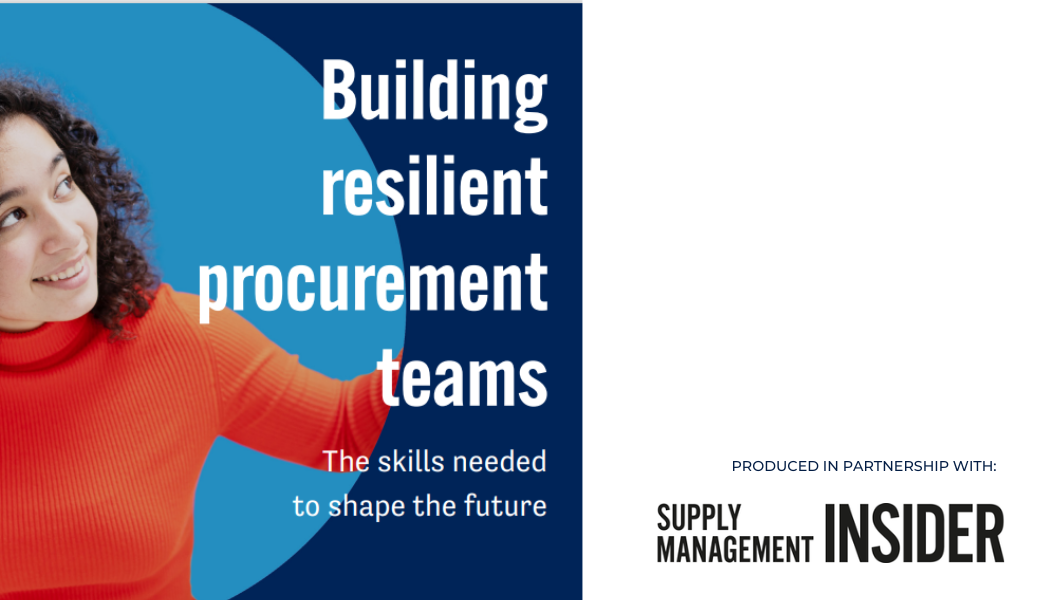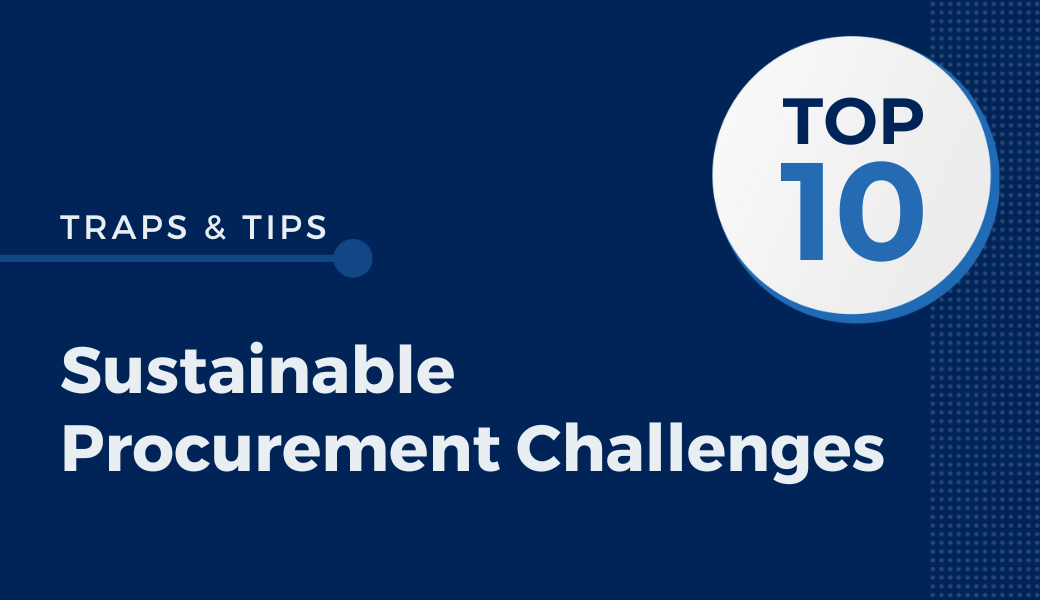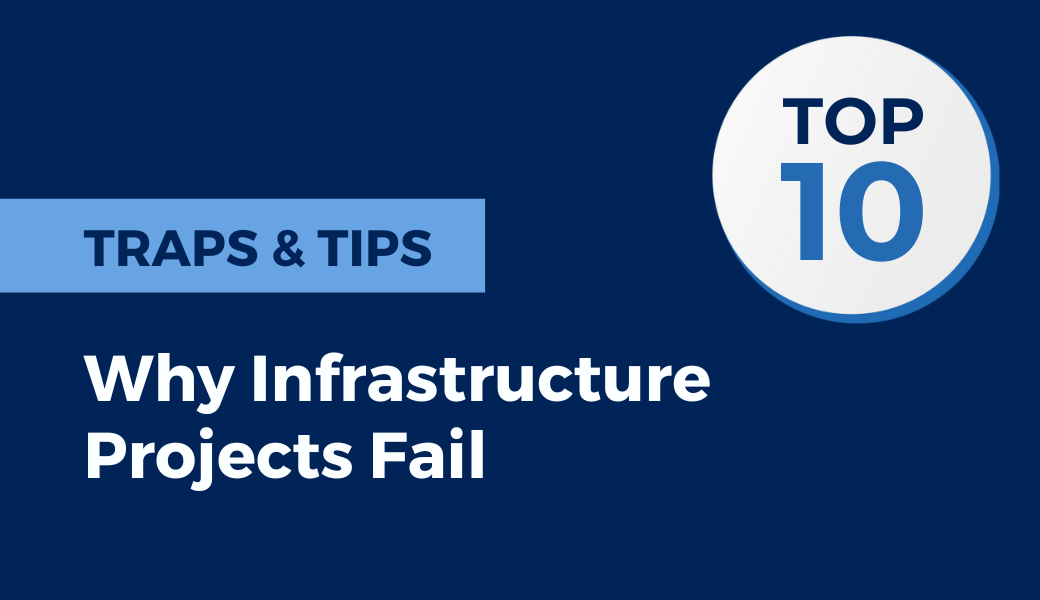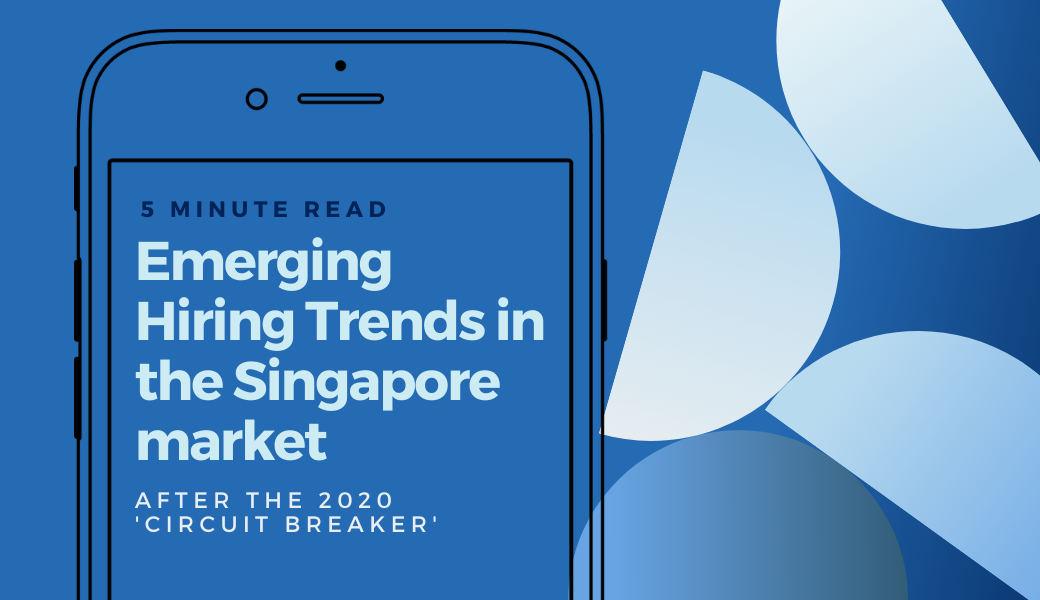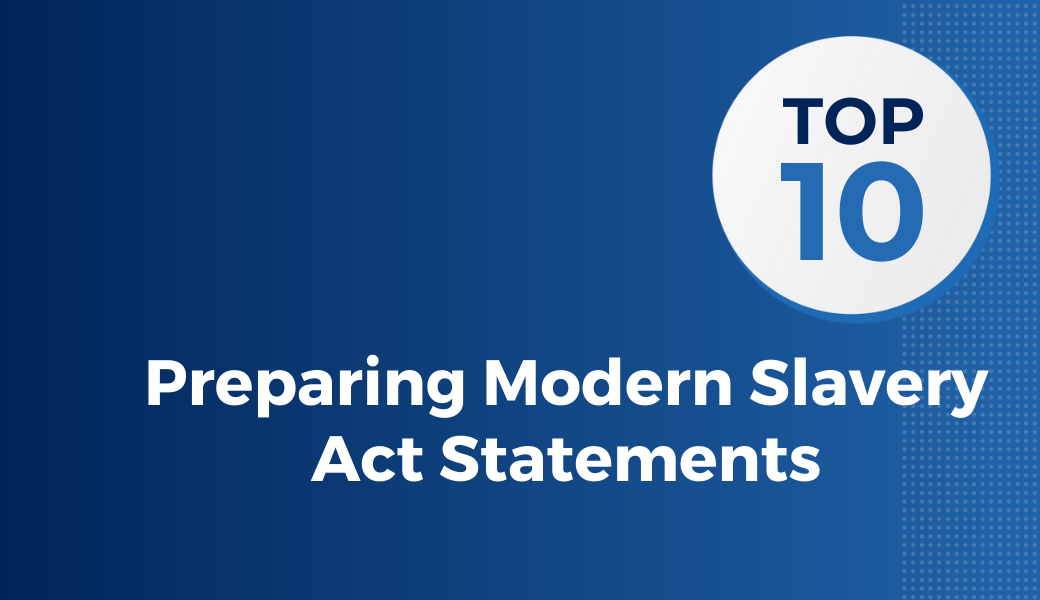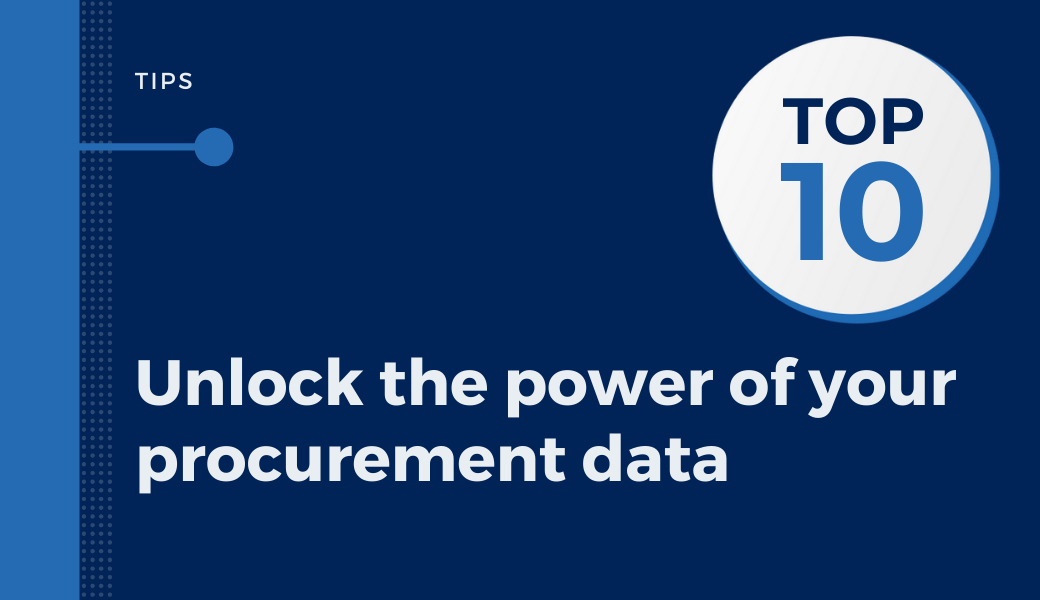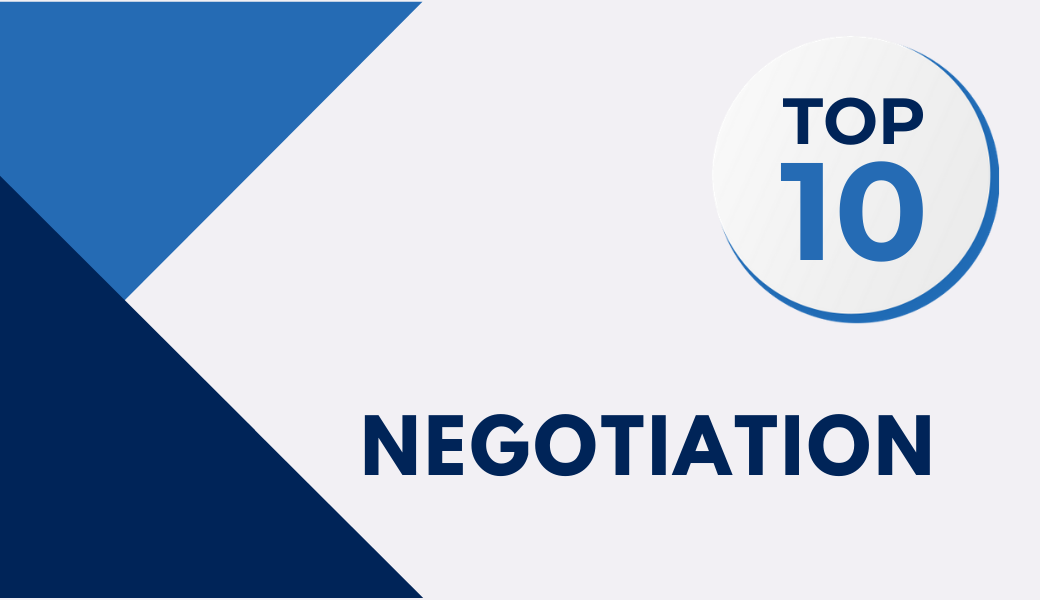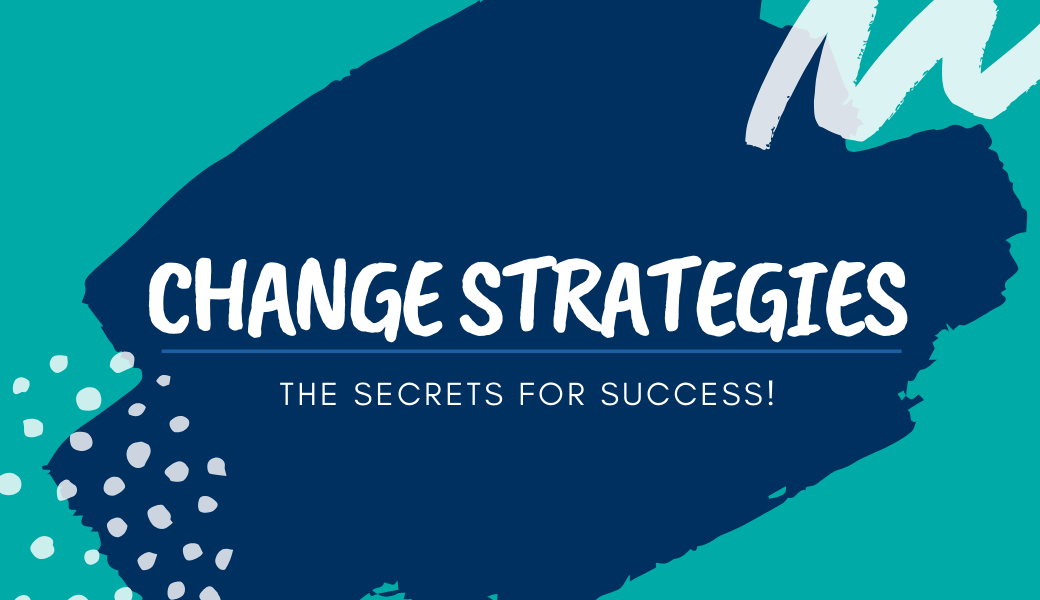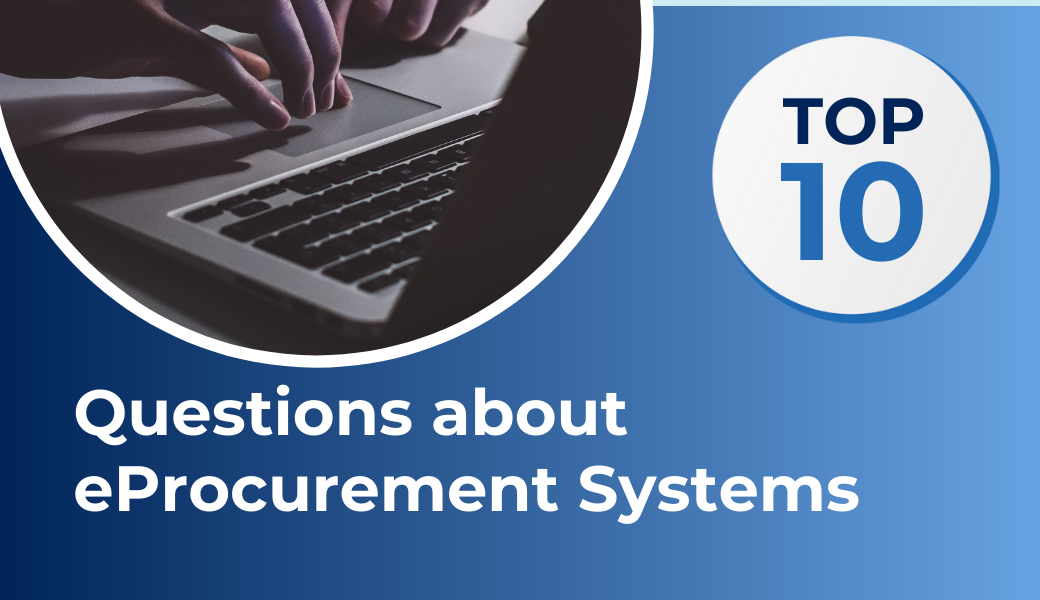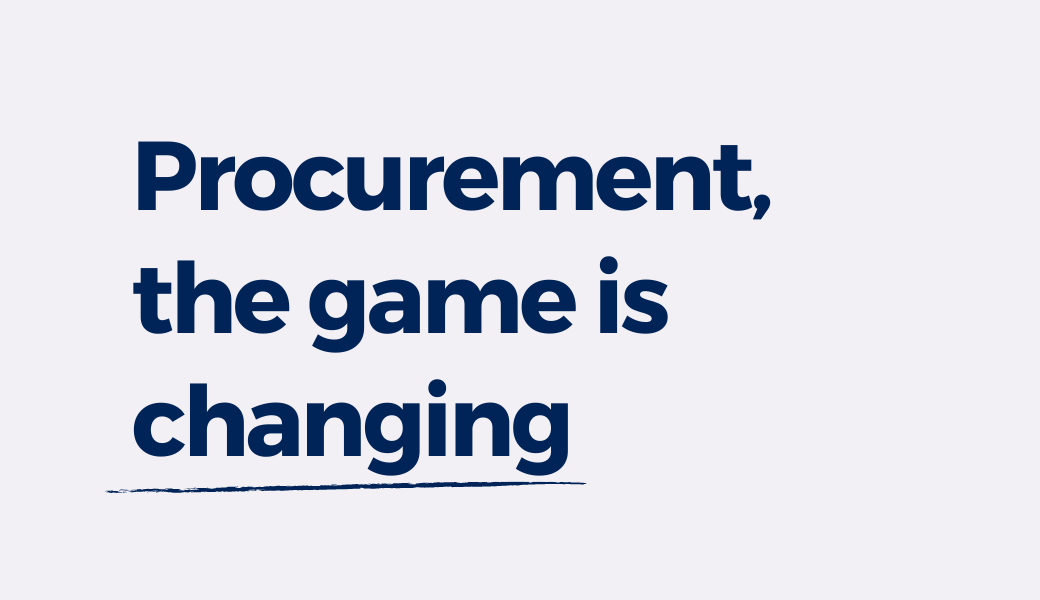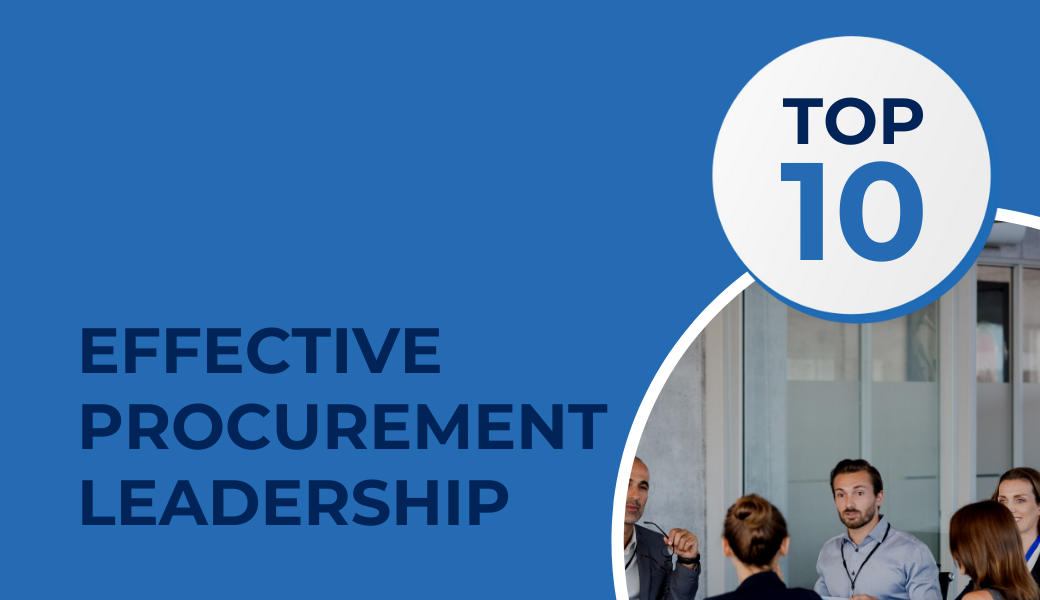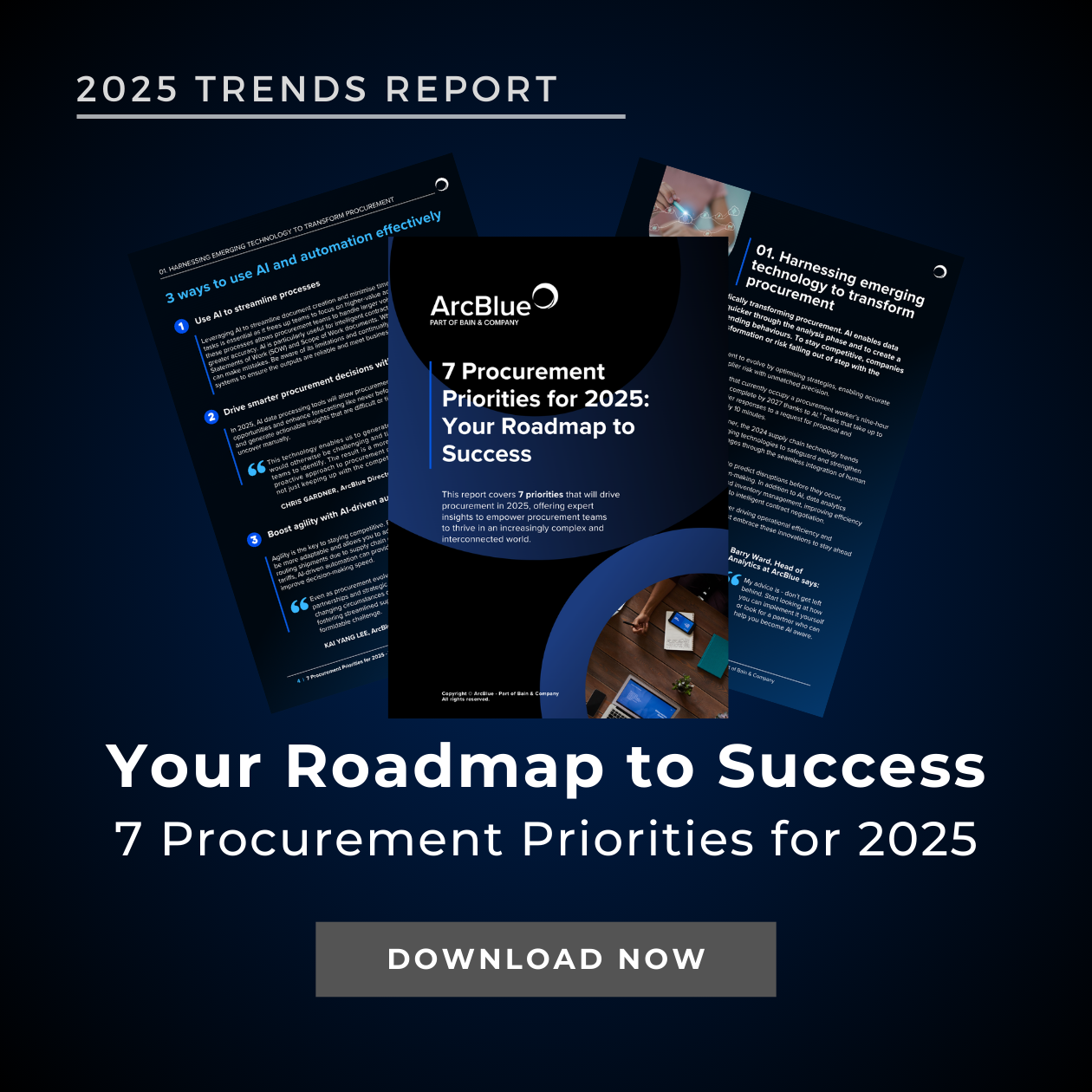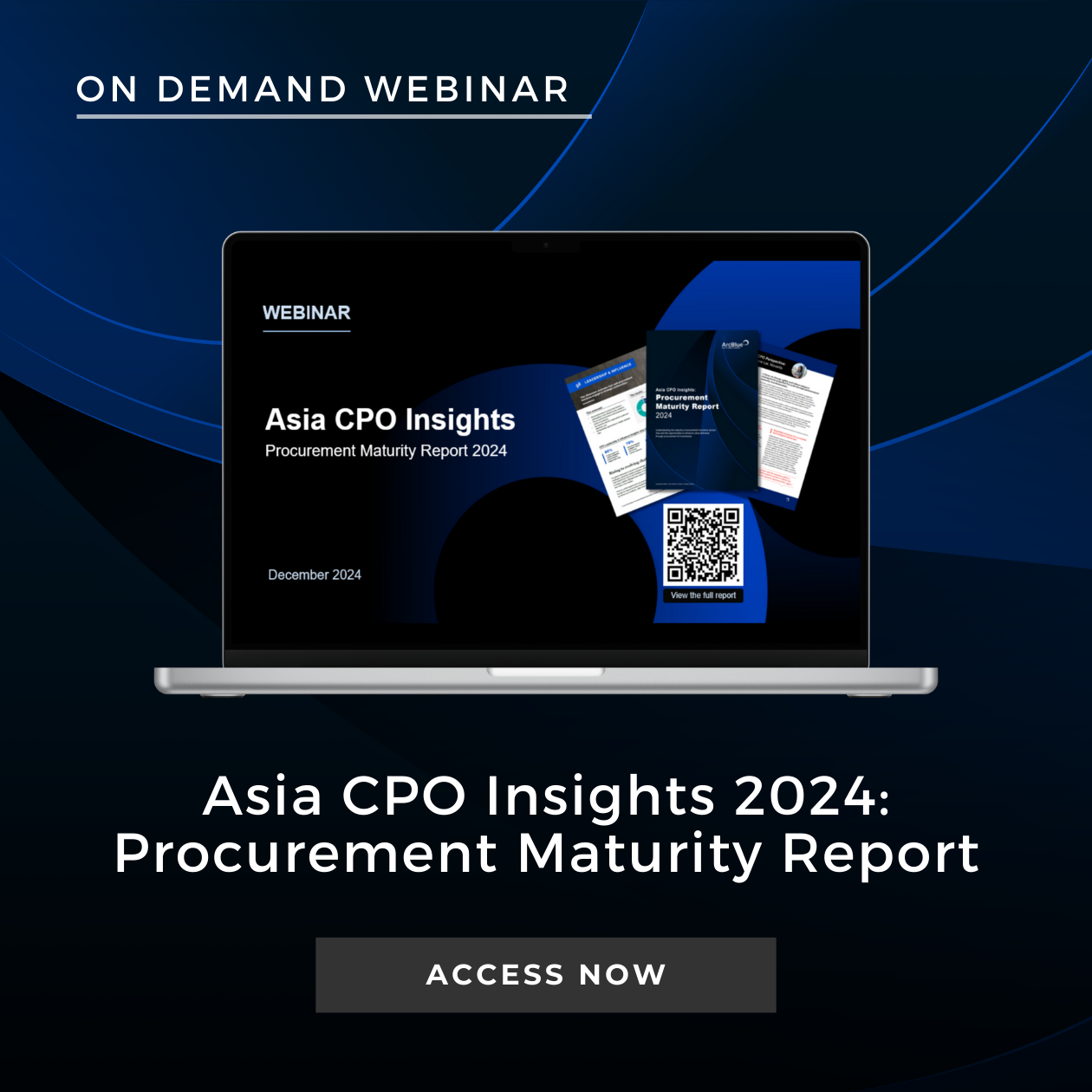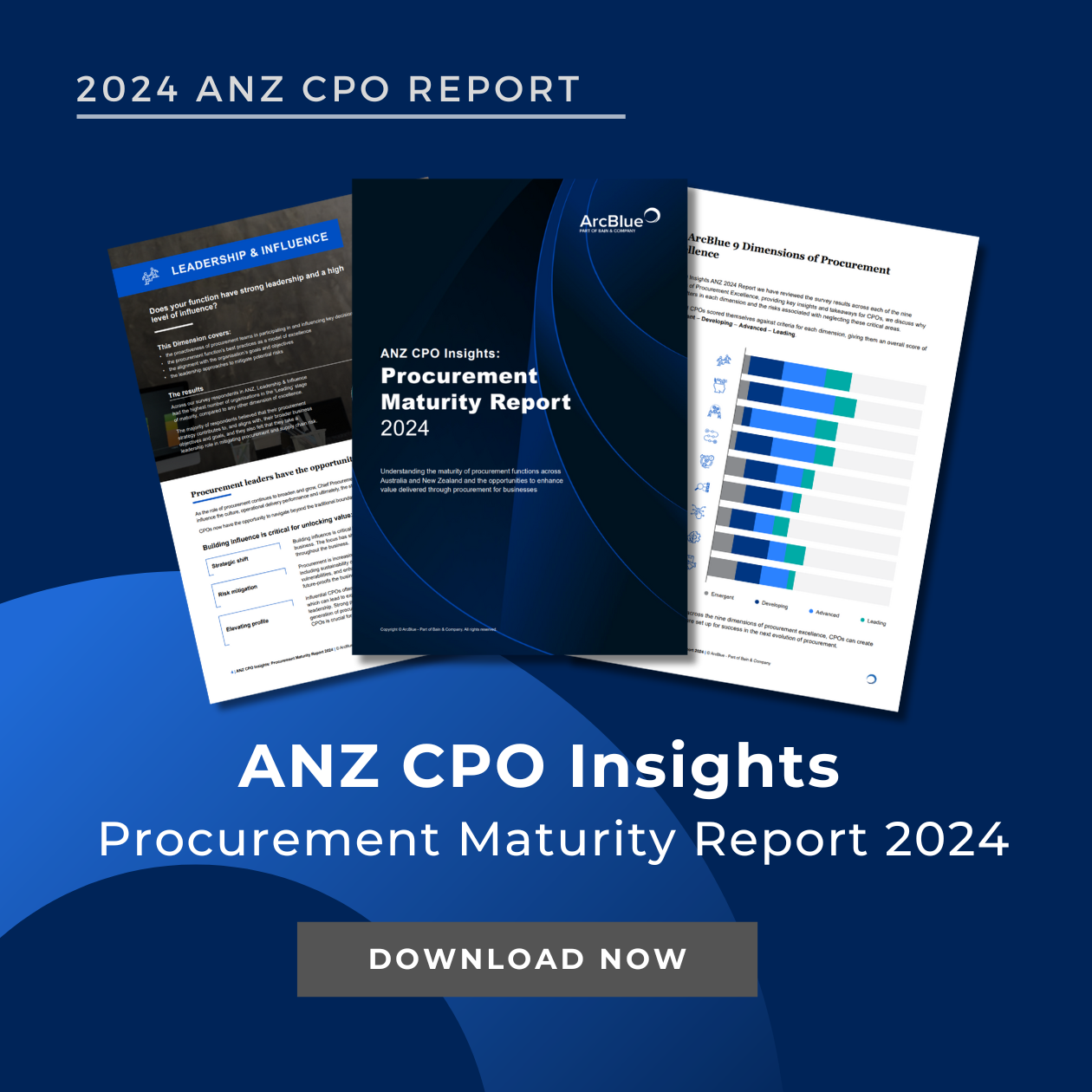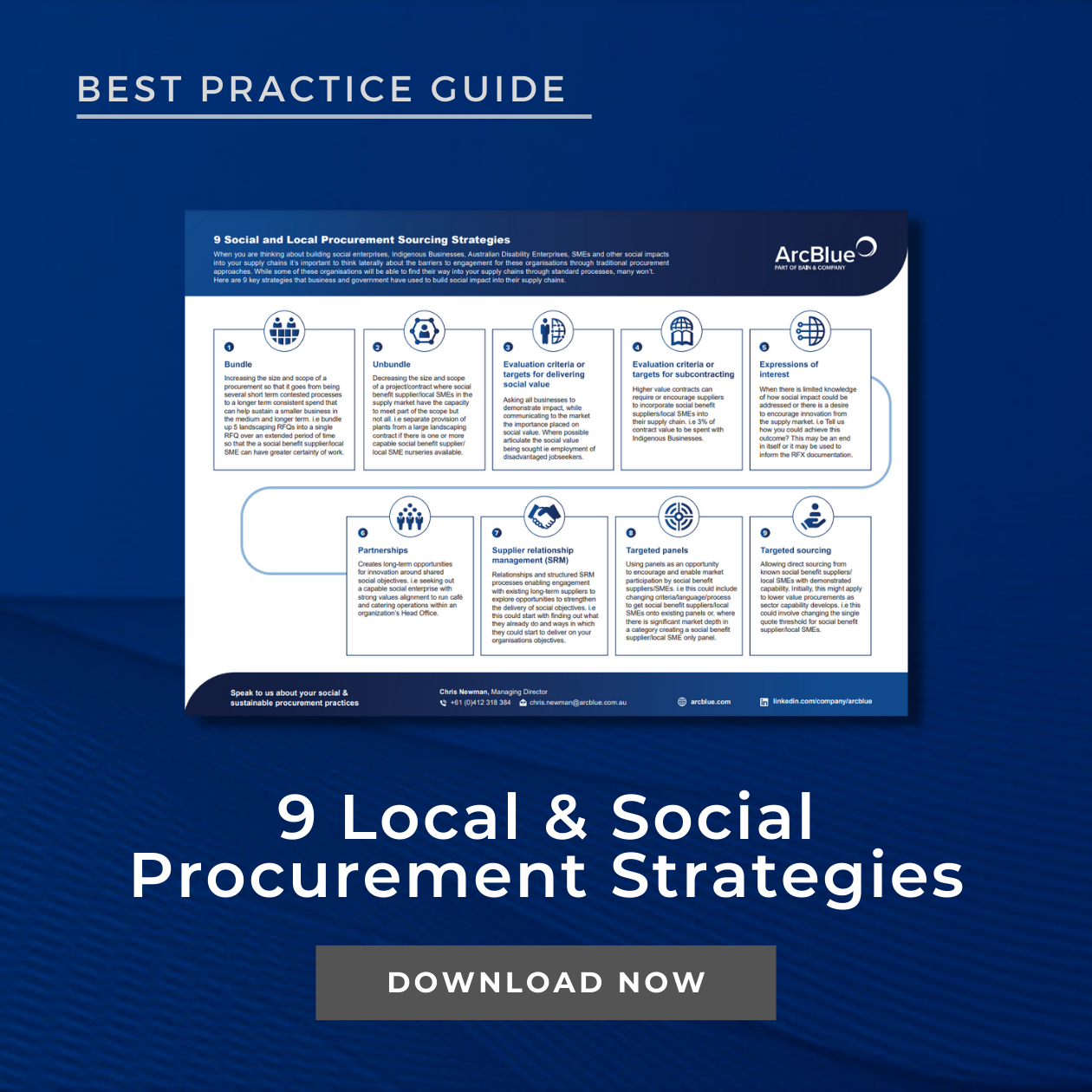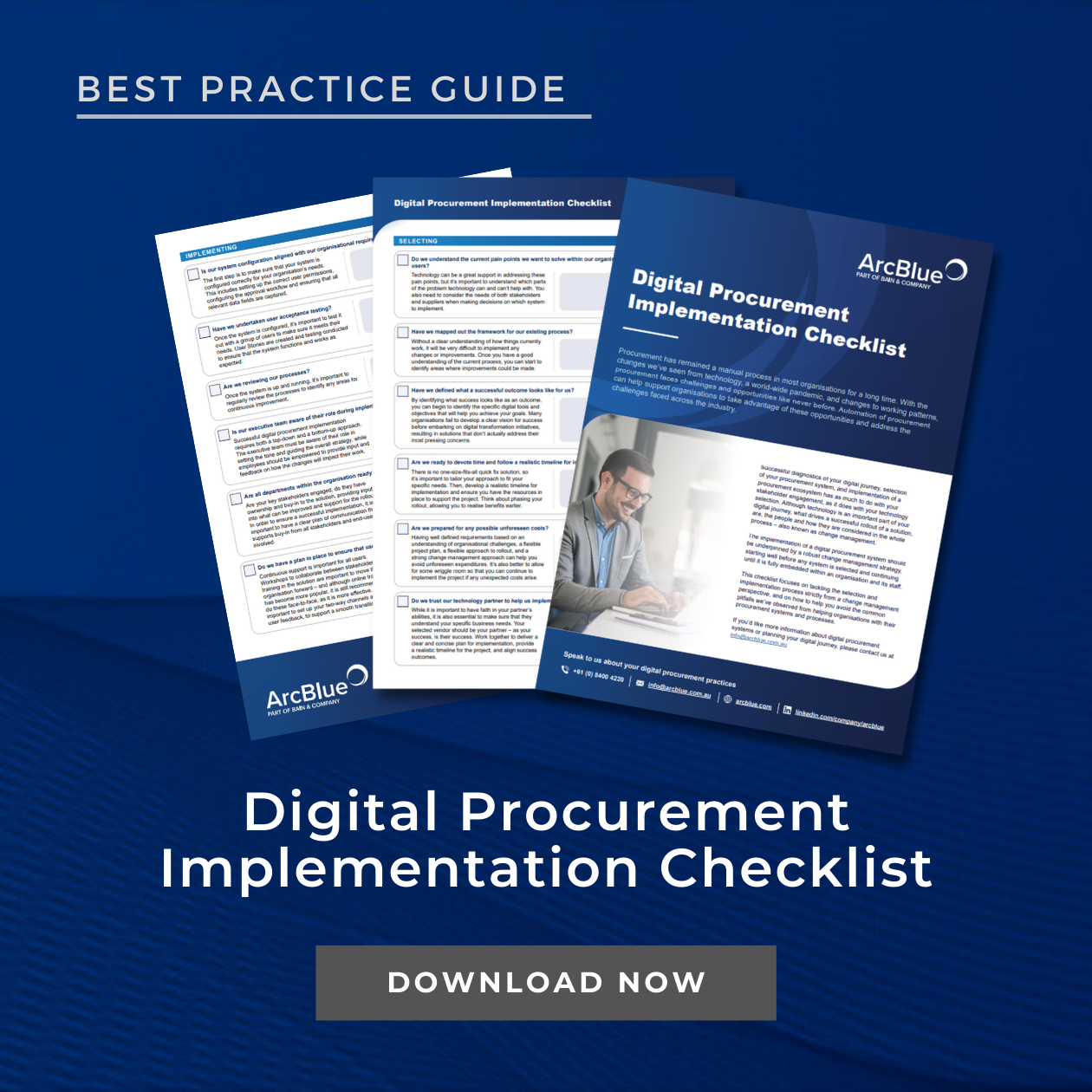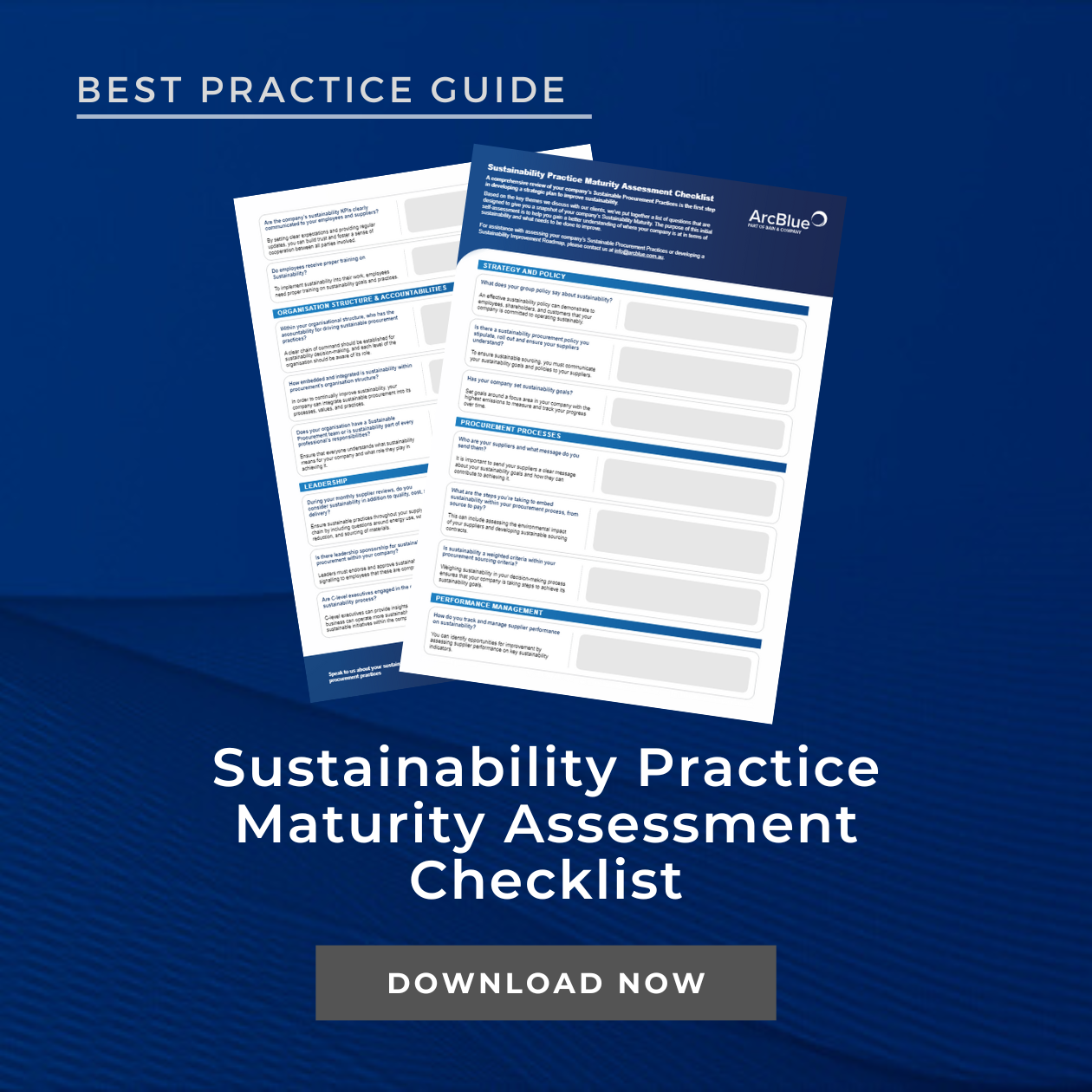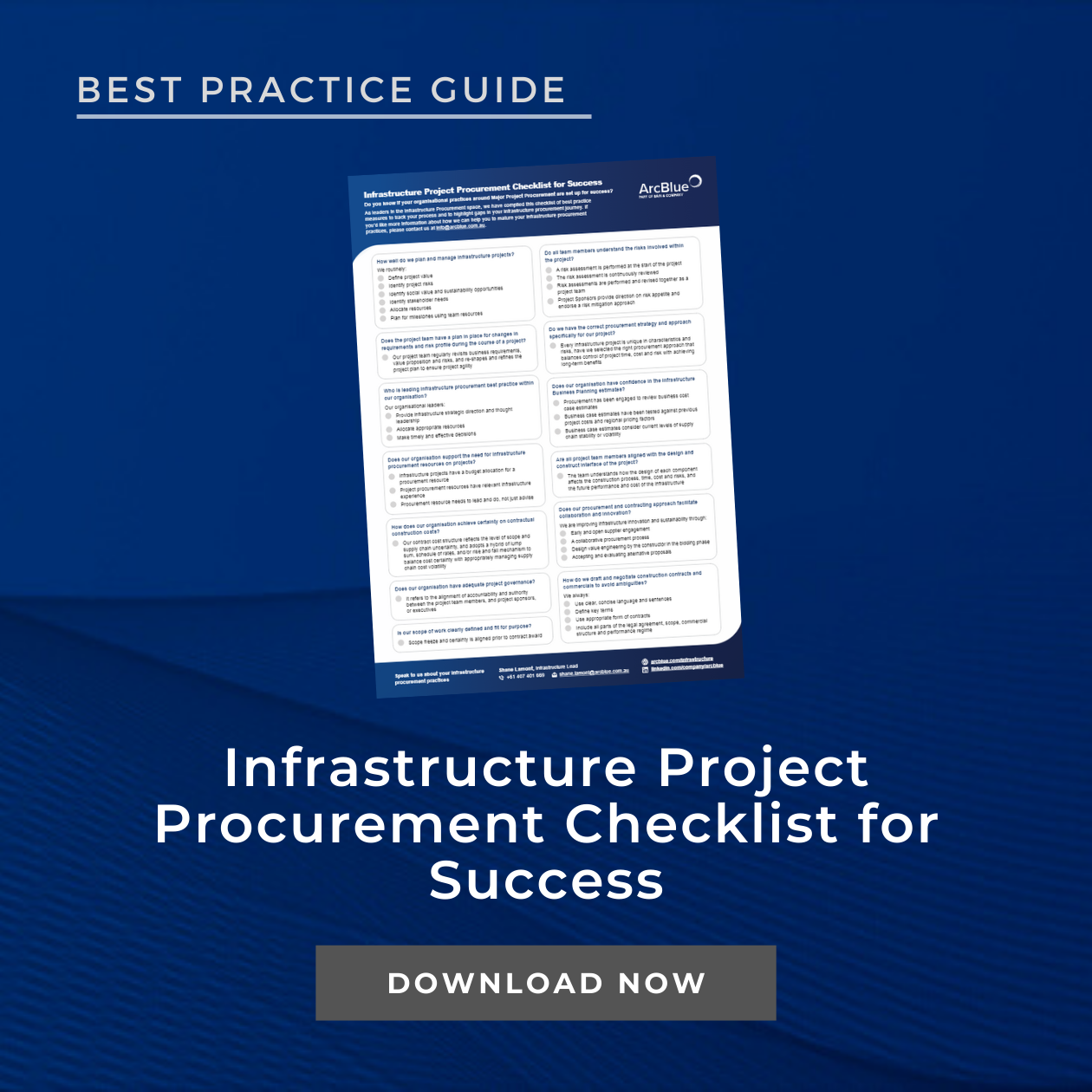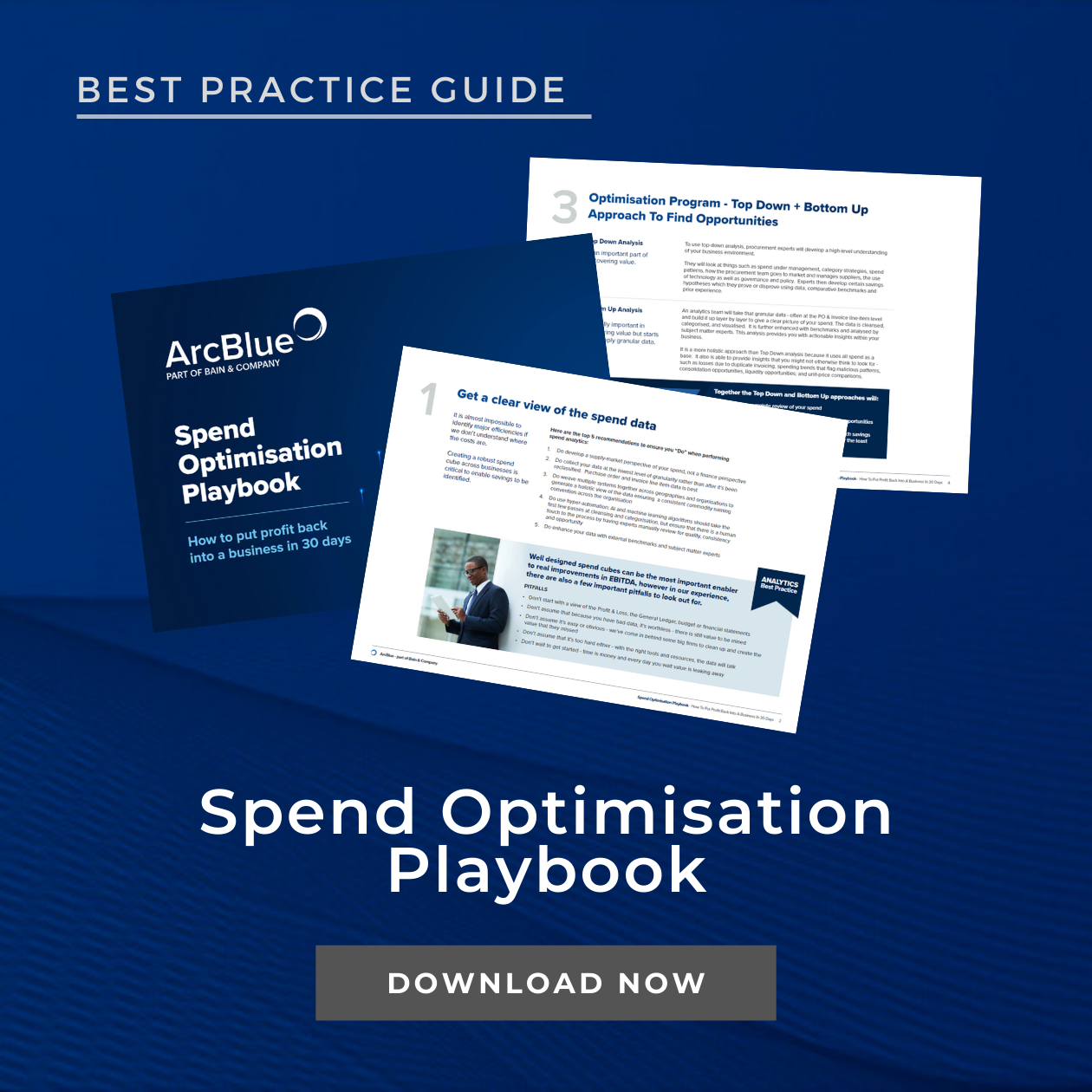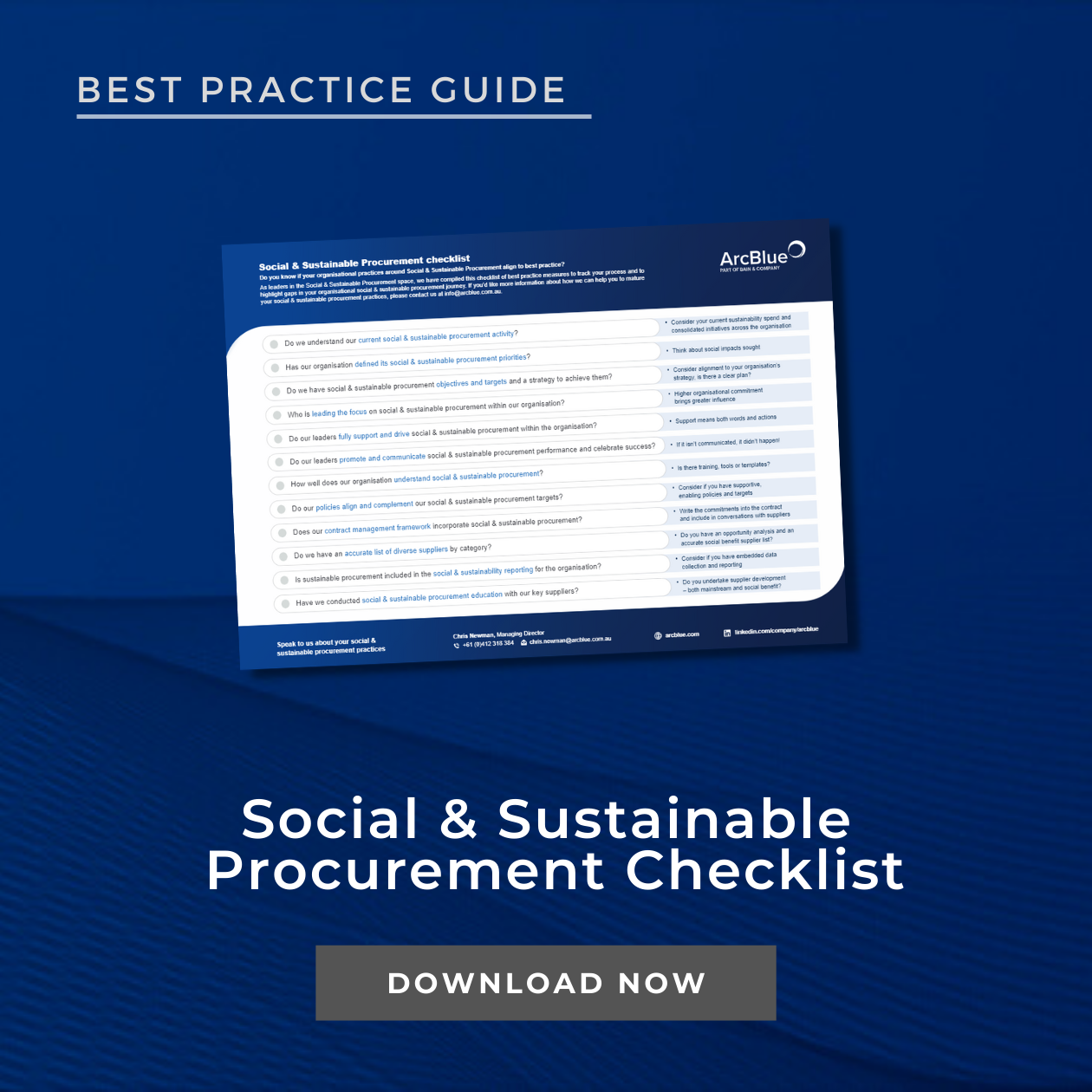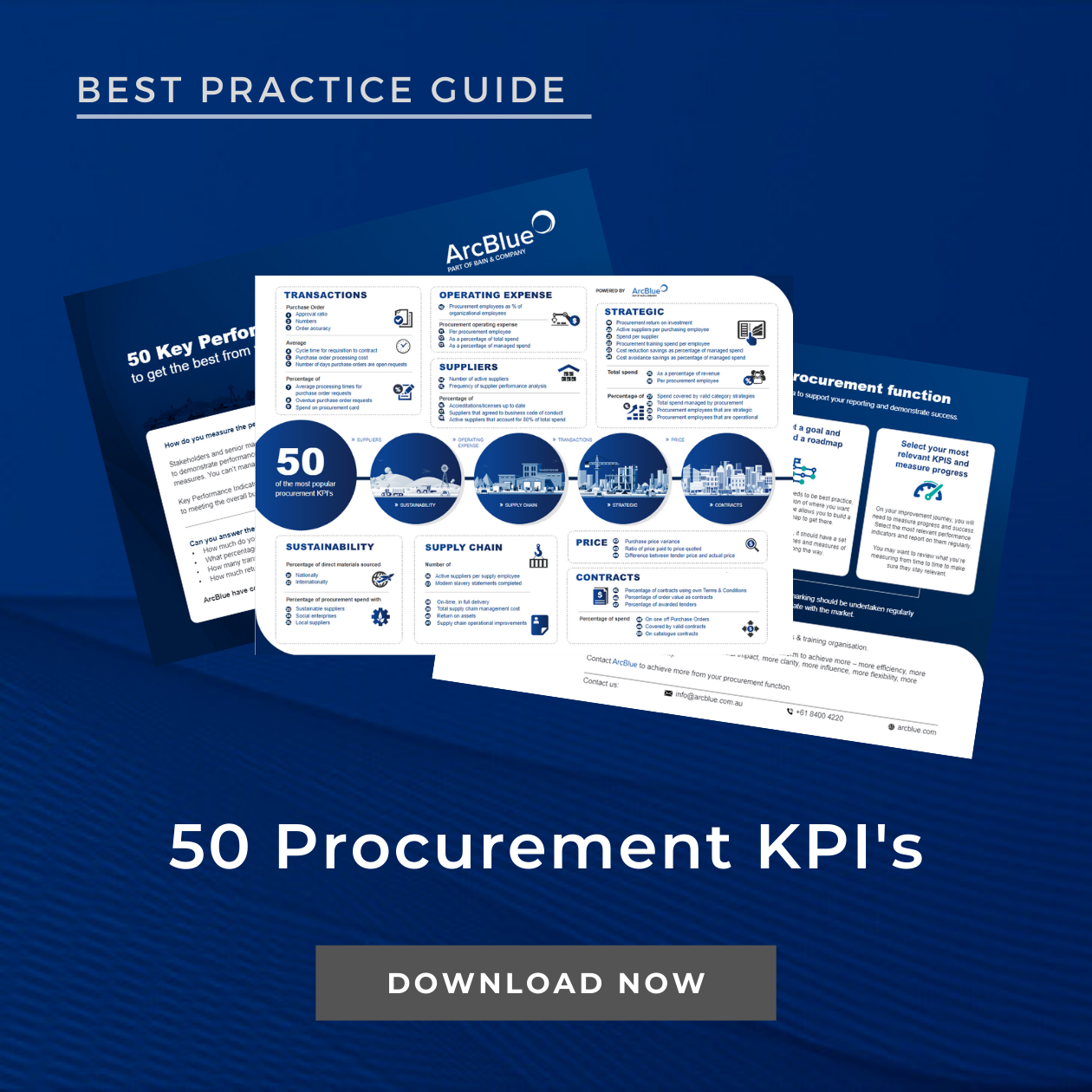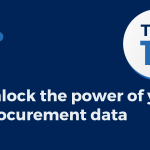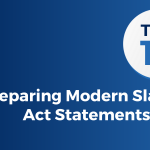- TOP 10 LIST
TOP 10:
Tips for Successful Procurement Digitalisation
January 2020
Many organisations are embarking on a procurement digitalisation journey, with the purpose of taking processes and data online and providing their stakeholders with interactive tools and reports to support buying activities.
The light bulb has snapped on for many of us, that the customer experience matters, the supplier experience matters and data equals value. We are lucky in procurement that core system investments mean many of us have an ERP or procurement system that is dutifully capturing data (of variable quality!). Now we are taking the next steps to using that data for something useful, with customer and supplier touchpoints that facilitate, not frustrate, the business.
Here are our top tips for success:
1 Think from the user perspective and work back
As negotiators, we put ourselves in the shoes of the other party to understand their worldview. This is also key to designing digital workflows. Once we understand what success looks like for our customers we can properly design touchpoints that will work for them.
2 Make it simple
As with any change program, we need to keep our messaging simple, using the language of our stakeholders. We need to keep interfaces and reports simple and use chatbots or guided buying to help the end user through the process.
3 Map out tailored experiences for your users
Everyone likes to feel special and it’s no different with our stakeholders. Tailored interfaces and reports are easier and cheaper in today’s flexible systems and make for simple, direct and relevant interactions with Procurement.
4 Do your research on the technology market
Things are changing quickly and new solutions are cropping up all the time. Keep abreast of what’s going on and how these solutions might be plugged into your hub. Not just procurement solutions either; look at business efficiency tools such as document management, e-signatures etc.
5 Be good sharers
Leading procurement functions have access to a wealth of information on spend, suppliers, market trends and much more. This data, presented in the right way, is incredibly valuable for our Business Unit’s strategy so, let’s make sure to share!
6 Digitise your procurement framework
Hopefully, the days of leafing through hundreds of pages of the procurement manual are behind us. Customer-centricity relies on giving users easy access to the right information at the right time and converting your framework into interactive tools and guided buying processes can help support the business in real-time 24/7.
7 Don’t forget your suppliers!
Appreciating the value of supplier relationships is changing the Procurement world (as it should be!) and leading organisations are seeing their supply chains as a key asset to support their organisations’ competitive advantage. Suppliers are an extension of your team. Supplier portals are a great way of engaging with your key suppliers to make sure they understand your business goals and can access relevant information, such as contacts, metrics and feedback.
8 Bite off what you can chew
The ERP surge of the 1990’s and 2000’s was all about massively disruptive, expensive, ‘big-bang’ transformations. Modern cloud-hosted, ‘best of breed’ solutions have allowed for a competitive market of specialised niche systems that better address specific needs and can be integrated into your company ecosystem in manageable steps. Phased implementation of these solutions allows you to prove the value of your improvements with small incremental steps.
9 Sell a robust business case
Start with addressing the business need and the value your change will deliver.
Value can be through better data visibility, insight & understanding, process governance, process savings, speed, quality improvements or market insights. Ensure your business case covers the fundamentals of policies and structures to take advantage of the technology solution.
10 Be the master of your own destiny
Don’t let corporate IT or Finance departments decide what is best for your customer and supplier relationships. For example, many data lake projects are driven by IT departments to simplify reporting and focus on internal data without considering the myriad of external data sources procurement teams routinely leverage for value. Just as we now own the Procurement process (once dictated by auditors or compliance) we should also own our systems and interfaces.
Leading procurement organisations are using digital platforms to glean actionable insights through data, build better customer experiences, and promote engagement and innovation with their suppliers. Digitalising procurement provides the perfect vehicle to make procurement change ‘sticky’ in your organisation.
To continue the discussion about your digitalisation journey please reach us through our contact page or request a demo of our mybuy Digital Procurement Hub.
ArcBlue helps clients to create a ‘single home’ for procurement to reduce confusion, increase efficiency and improve compliance with mybuy. Our flexible solution allows you to select functionality as you need it over time to align with the evolving needs of your organisation.
Contact us to arrange a demonstration of how mybuy could benefit your organisation.
INSIGHTS
RESOURCES & DOWNLOADS






